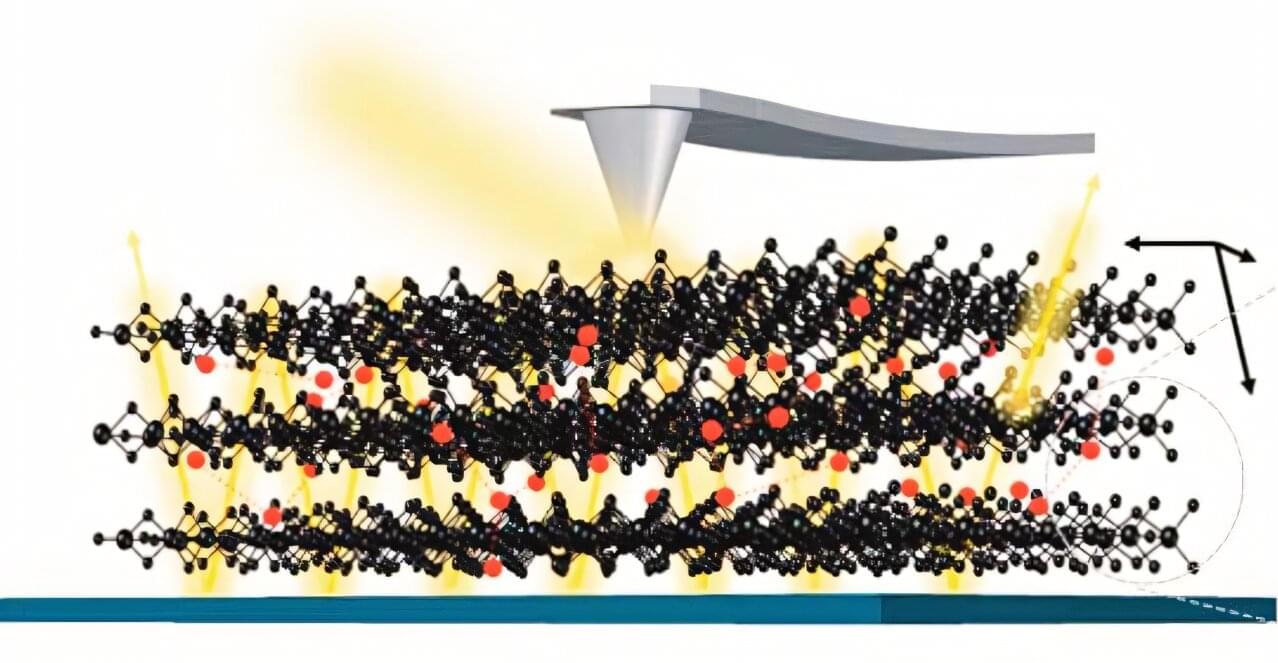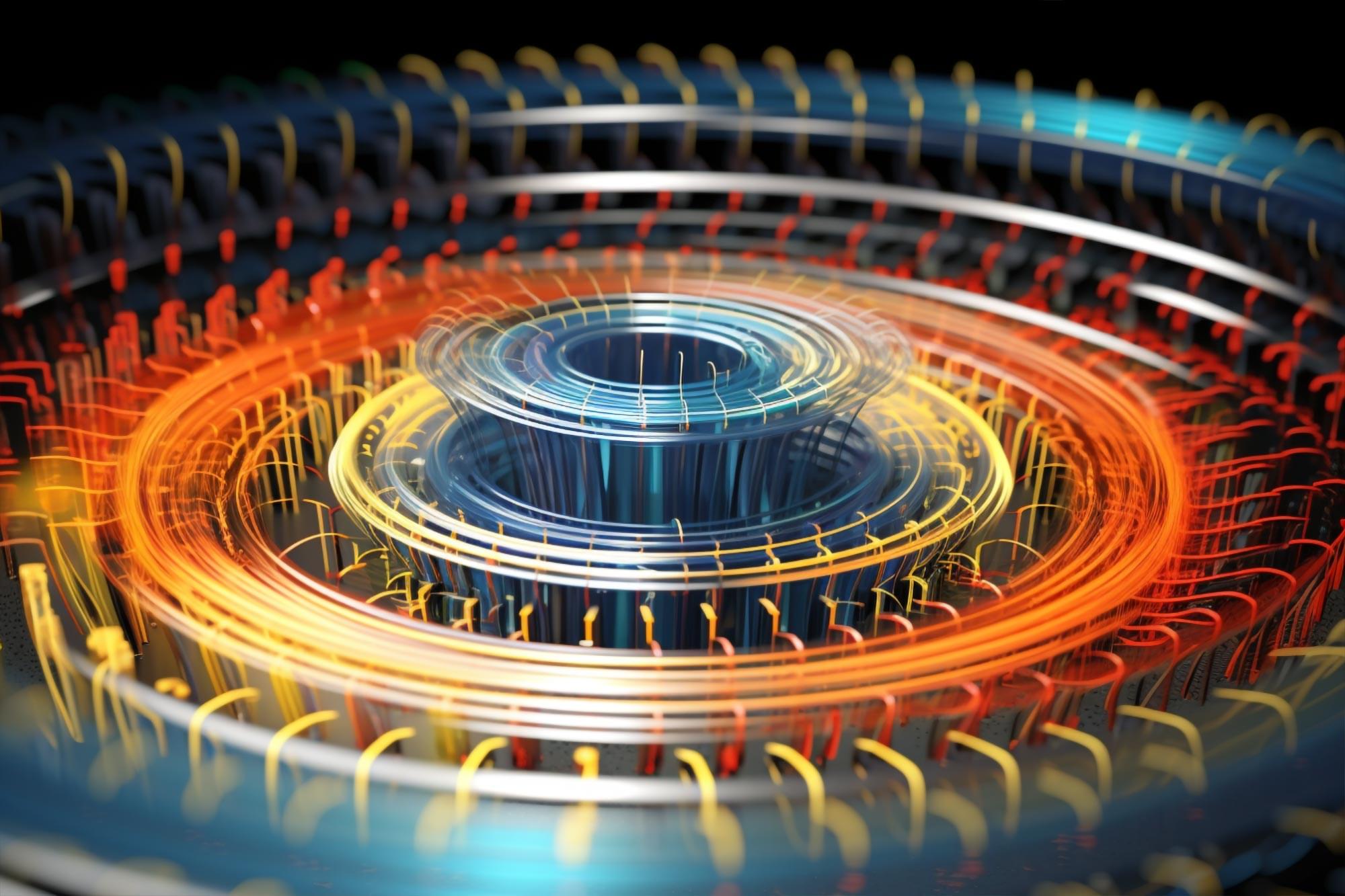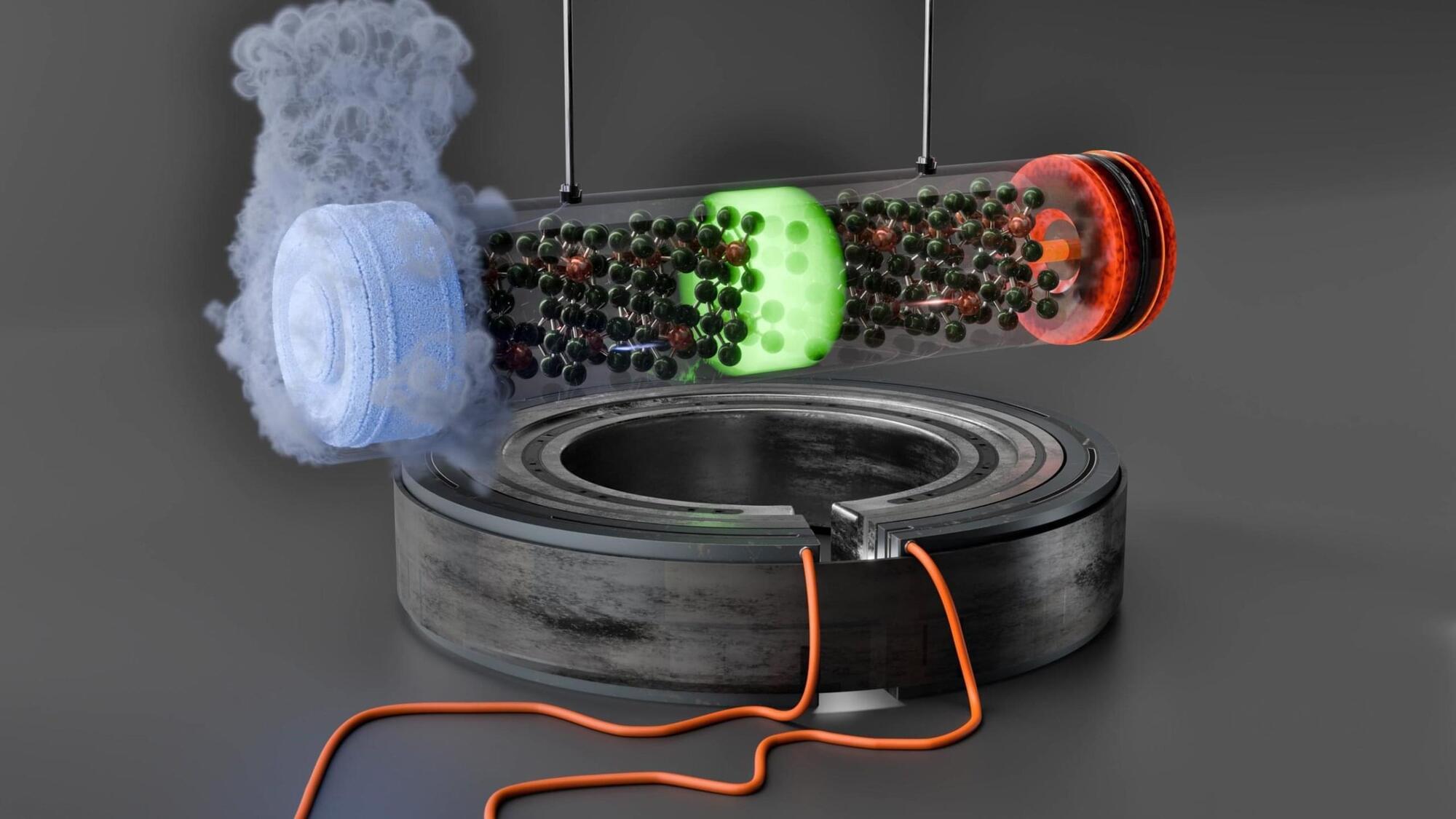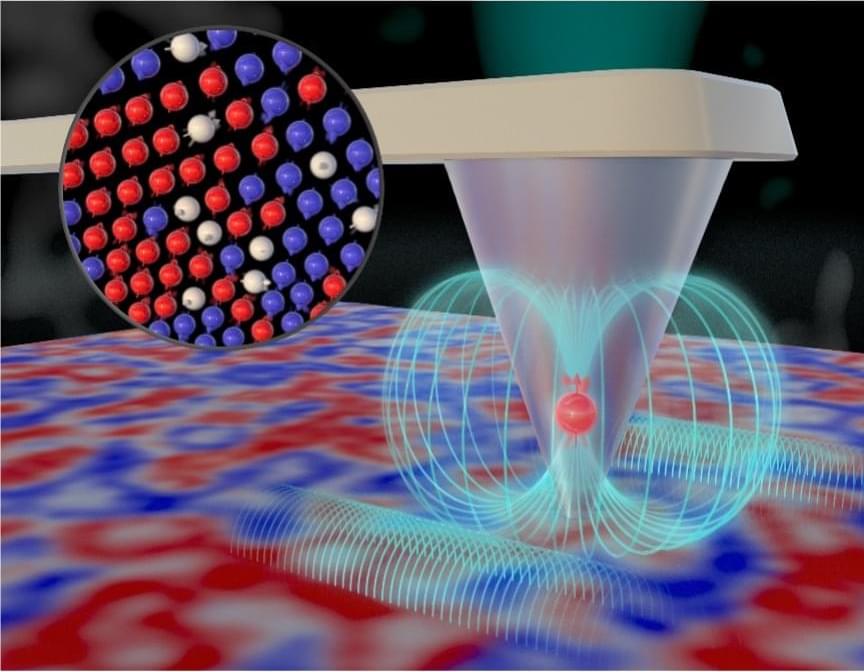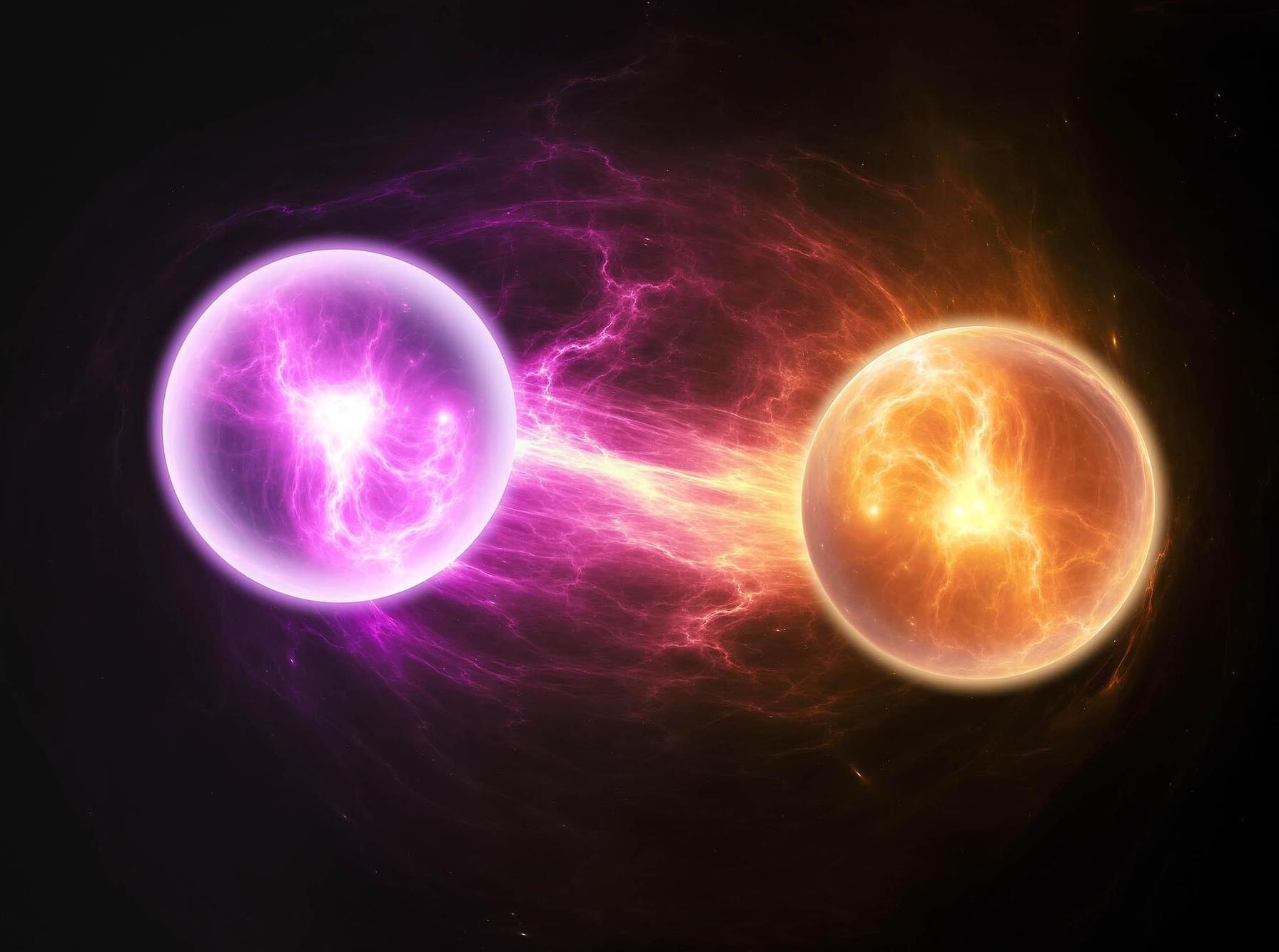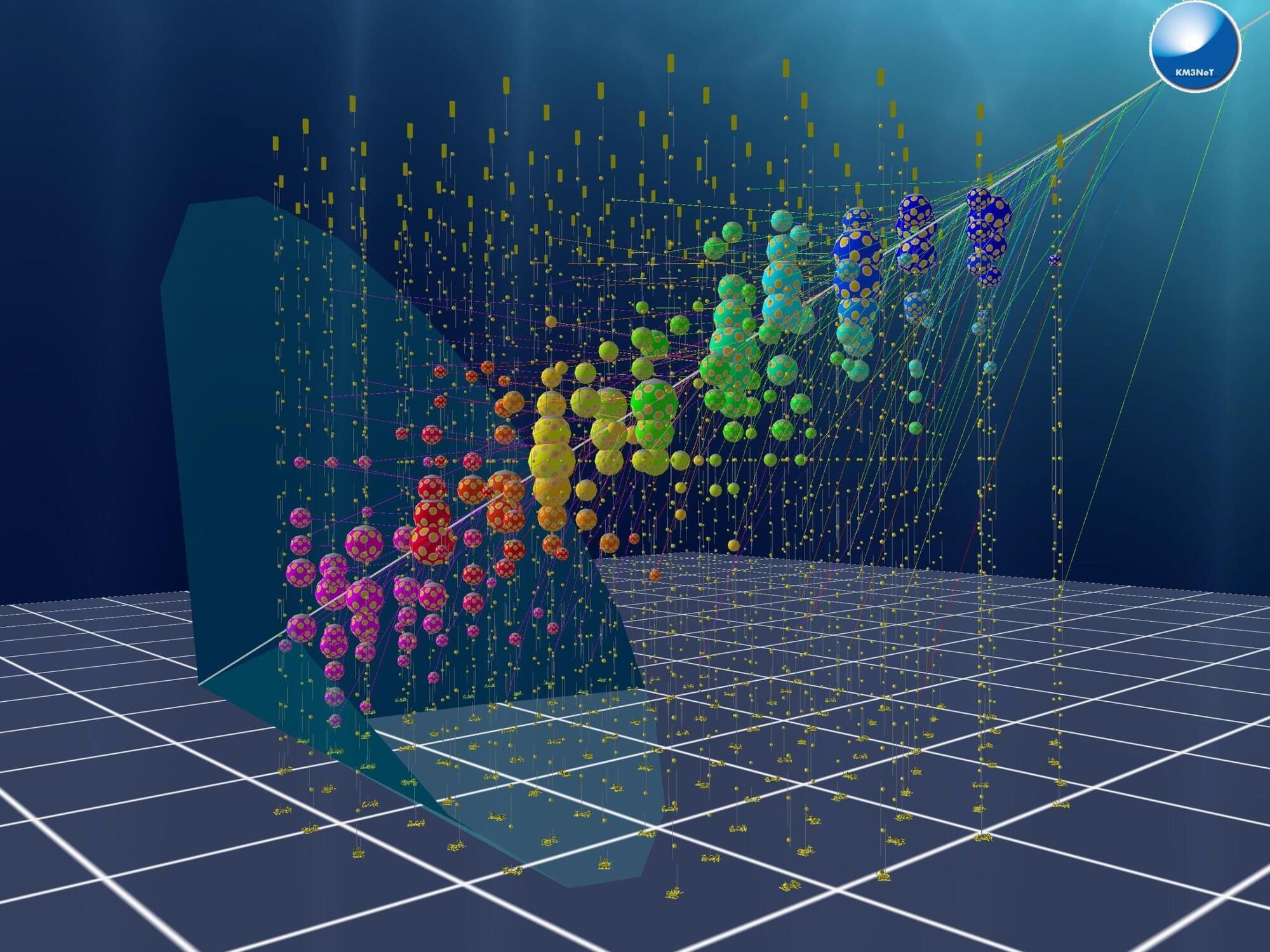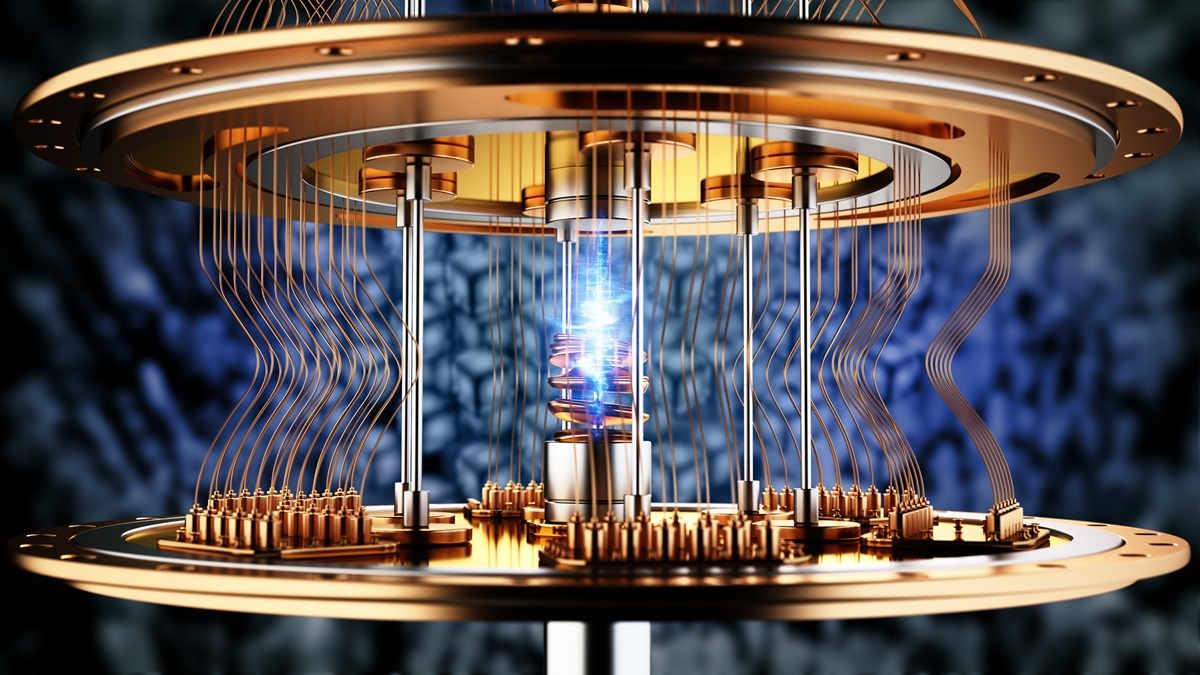Metals, as most know them, are good conductors of electricity. That’s because the countless electrons in a metal like gold or silver move more or less freely from one atom to the next, their motion impeded only by occasional collisions with defects in the material.
There are, however, metallic materials at odds with our conventional understanding of what it means to be a metal. In so-called “bad metals”—a technical term, explains Columbia physicist Dmitri Basov—electrons hit unexpected resistance: each other. Instead of the electrons behaving like individual balls bouncing about, they become correlated with one another, clumping up so that their need to move more collectively impedes the flow of an electrical current.
Bad metals may make for poor electrical conductors, but it turns out that they make good quantum materials. In work published on February 13 in the journal Science, Basov’s group unexpectedly observed unusual optical properties in the bad metal molybdenum oxide dichloride (MoOCl2).
